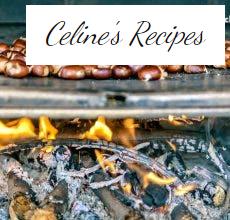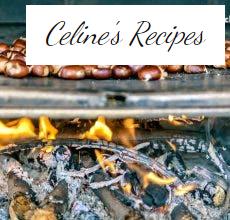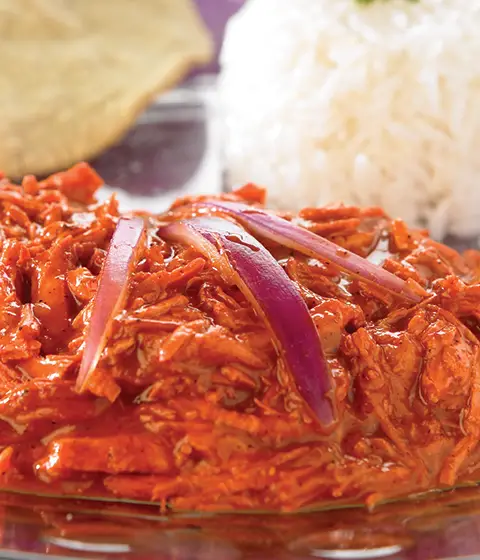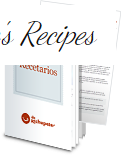After so many emails answered with this topic, the anisakis , I have decided to write a post and collect the information I have found.
A whole manual for you to inform yourself and perfectly handle the anisakis at home.
It is not complicated, with a few simple guidelines you do not have to be afraid of anisakis.
We are talking about a parasite, specifically a nematode worm that lives between the sea and the digestive tract of fish and marine mammals at whose coast it lives happily.
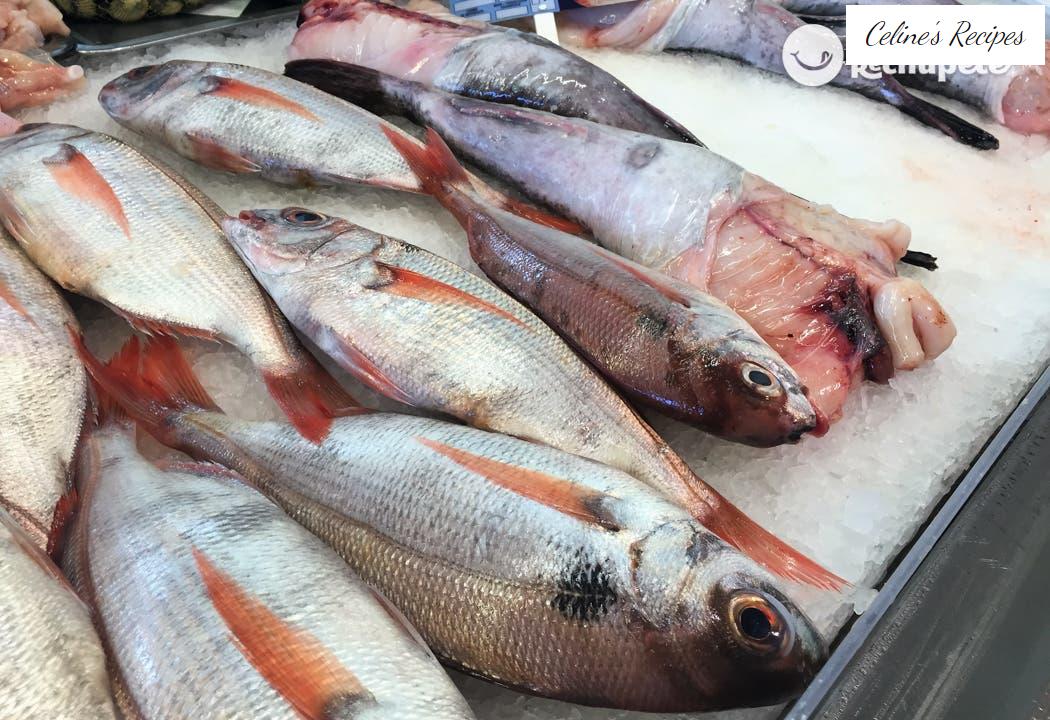
Eating anisakis-infected fish can cause more or less severe digestive disturbances. From gut pains, gastroenteritis, vomiting, diarrhea, nausea, constipation, etc … to allergic reactions (from mild urticaria to anaphylactic shock) or both.
Fishing boats are obliged to examine the viscera of the specimens they catch in order to look for the presence of anisakis in them.
But nothing prevents them from throwing them back into the sea where they are ingested by other fish, spreading and turning this medium into a field of cultivation of the parasite.
The fishing industry could impose the destruction of the viscera on the high seas and thus avoid the risk of spread, but this is not the case. Something curious if we think that it is the first affected by this problem, right?
What is the life cycle of anisakis like?
The life cycle of anisakis is long, complex and with several hosts. Which is what the organisms on which all parasites depend and obtain benefits. The Ministry of Health of the Government of Cantabria explains the life cycle of anisakis as follows.
- Anisakis species have a complex life cycle, which leads them through various hosts throughout their lives. The eggs are hatched in seawater releasing microscopic, second-stage larvae capable of surviving 2-3 months. Crustaceans feed on these larvae.
- Marine mammals (definitive hosts) ingest the fish and cephalopods infested with the larvae of Anisakis spp., Larval stage L3, which evolve into their adult form.
- The adult worms in the intestine of marine mammals lay eggs that are eliminated by faeces in the marine environment and later ingested by crustaceans and molluscs (intermediate hosts).
- Parasitized marine molluscs and crustaceans are ingested by fish and cephalopods, the larvae of Anisakis spp. they evolve to stage L3. The natural cycle is closed when these marine fish and cephalopods, infected with stage 3 larvae, are ingested by marine mammals.
- Anisakis species have a complex life cycle, which leads them through various hosts throughout their lives. The eggs are hatched in seawater releasing microscopic second instar larvae capable of surviving 2-3 months, the crustaceans feed on these larvae.
- Man can become infected by consuming fish and cephalopods infected with Anisakis spp. Larvae. in phase L3, with infecting power.
- Crustaceans are infested by ingesting these microscopic and second-stage larvae, the larvae develop to the third stage that are infective for fish and squid, which in turn are infested by ingesting third-stage larvae infected, once ingested migrate from the viscera to the tissues, especially the peritoneal cavity, and grow to macroscopic sizes of up to 3 cm or more in length.
How anisakis is transmitted
- These larvae can be transmitted from one fish to another by predation.
- When the infested fish are ingested by whales, porpoises, dolphins, or other definitive hosts, the larvae penetrate the gastric mucosa, and become adults, thus closing the parasite’s life cycle.
- They reach the human being, accidental host, by consuming raw, slightly salted or smoked marine fish, among which insufficiently cooked fish have the greatest involvement.
- You can find it in anchovies in vinegar , cold smoked fish, raw herring in light brine, in marinated sardines , ceviche (raw fish marinated with lemon juice), gravlax (marinated salmon), salmon roe , the sashimi (pieces of raw fish) and sushi (pieces of raw fish, rice and other ingredients).
How to ensure a safe consumption of fish?
- To consume raw fish without risk it is necessary that it has spent a minimum of 5 days in the freezer. Low temperatures kill anisakis, but only from -20º C. Industrial and catering freezers reach these temperatures, but this is not the case with freezers in our homes.
- The average temperature of a 3 * domestic freezer (the range is from one to four) is -20º C. The death of the larvae at this temperature requires a week of freezing the fish before it can be safely consumed.
- In freezers with less stars (power), it is not ensured that the parasite can be eliminated.
- Another way to ensure a safe consumption of fish is to cook it well, checking that there are no raw parts.
- If we prepare pickled fish, in light brine, cold smoked or marinated, it must be borne in mind that these treatments reduce the chances of the fish being parasitized, but it does not completely eliminate them. For this reason, it is advisable to freeze the fish prior to consumption.
Which fish contain the most amount of anisakis?
- The fish that contain the most amount of anisakis are the Cantabrian hake and the large-sized bonito.
- They are followed by sea bream, blue whiting, pijota, whiting, redfish, pollock, cod, horse mackerel, herring, sprat, mackerel, sardines, and Cantabrian anchovies, among others. They also have a large part of cephalopods.
What fish and seafood do not contain it?
- Bivalve molluscs such as mussels, oysters or clams are free of anisakis thanks to filter feeding, so they can be eaten raw without any risk.
- The consumption of prawns and prawns is safe only if they are cooked, since the larvae pass through them in larval stage 2.
- Freshwater fish such as perch, carp, pike or trout are also free of anisakis. Salmon, however, may have it because although it spends part of its life in the river, it may have become infected in the sea and carry the worm inside.
- On the other hand, dry and salty fish also do not contain anisakis, the exiting medium kills the parasite.
What happens when you consume fish with anisakis?
If you are unlucky enough to consume fish with anisakis and contract anisakiosis, you have become an accidental host of the cycle. At that time the larvae can, thanks to a tooth they have under their mouth, catch on the gastrointestinal mucosa and cause acute abdominal pain, nausea, vomiting, fever or diarrhea.
- If you are not allergic, it is easy to mistake anisakiosis for an intestinal flu. However, the larvae easily survive digestive processes, being able to remain attached to the tract for several days, even migrating to other organs with the help of very powerful proteolytic enzymes. But these cases are exceptional.
- The fat problem occurs if you are allergic to anisakis, as you can have a reaction that causes from a urticaria to anaphylactic shock (which could be fatal). In the case of allergies, precautions regarding the safe consumption of fish must be maximized, and fish and cephalopods may have to be completely eliminated from the diet, including frozen fish.
What is the best way to avoid risks?
If it has not been clear to you after reading all the previous information, I leave you a list of points to observe to ensure risk reduction to a minimum:
- Make sure you buy from a trusted fishmonger, where the fishmonger and his suppliers handle the fish correctly.
- To get rid of anisakis when we go to prepare for example a marinated salmon or gravlax , we freeze the fresh salmon for 5 days. After this time we let it thaw at room temperature before working with it.
- Buy fresh pieces and ask the fishmonger to remove the viscera as soon as possible.
- Do a thorough visual examination before cooking the fish, especially the area around the viscera. Worms are easily identifiable.
- Cook the fish to more than 60 degrees and do not leave raw parts.
Be careful with microwave cooking, here it is not so easy to ensure that the minimum 60 degrees that I just mentioned have been reached in the heart of the fish. - Consume frozen fish overseas, where freezing temperatures and times are best.
- Homemade salting does not kill anisakis, this only works with a long process and in a controlled environment.
- Take all these precautions if you are allergic to the parasite.
Did you like it? Share it!
Share Tweet Pin it To print
Receive a weekly email with new recipes and yummy recommendations.
Think of Pixels SL as the owner of Recetasderechupete.com, it will use the data you provide in this form only to send you blog updates. We treat your data with respect. For more information see the Privacy Policy . You can change your mind at any time and unsubscribe by clicking on the footer of any email you receive from this website, or by contacting [email protected]. Yummy recipes use Mailchimp as a platform for sending emails. Mailchimp is covered by the EU-US Privacy Shield agreement, approved by the European Data Protection Committee. By submitting this form, you consent to your data being transferred to MailChimp for processing in accordance with its Privacy Policy .
If you liked this article you will like:
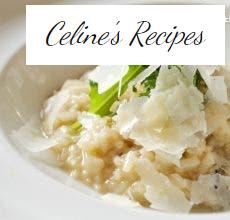
Risotto. History, curiosities and our best recipes
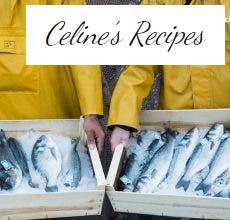
Golden. Benefits, properties and recipes
